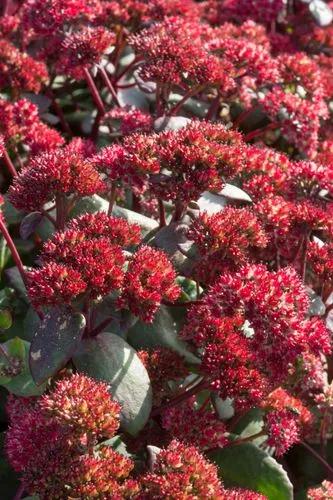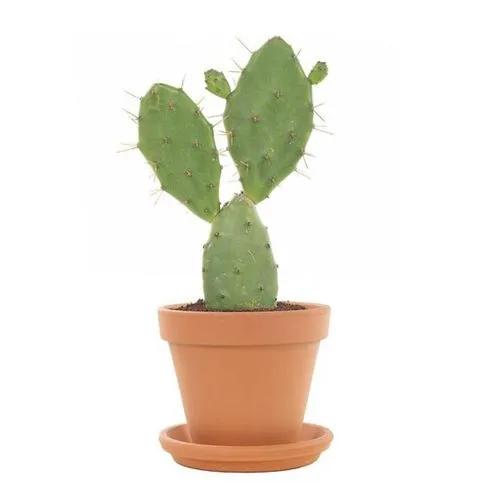The plants are variable in size, but can form shrubby trees from 1 to 2 m tall. They grow intermixed with other shrubs and small trees, often on limestone derived soils. The glaucous pads are pale and not dark green. Cladodes are 15 to 20 cm long and may be broadly elliptical, obovate, ovate, or most often circular. The flowers are a rich, canary yellow (rarely orange or red) and have a prominent green stigma. The leaves are notable because they recurve strongly. 'Ellisiana' is a special selection of O. cacanapa that has no spines and no glochids. Thus, it is smooth to the touch. It is moderately cold hardy and is used in cactus gardens as far north as New Mexico, Oklahoma and northern Virginia.
Spineless Prickly Pear Care
Opuntia Cacanapa Ellisiana
Other names: Ellisiana Spineless Prickly Pear Cactus



How to Care for the Plant

Water

Prickly pear likes dry conditions, and very little watering is required to maintain the plant. This is why the cactus is often used in low-water gardens. Limit your watering to every two to three weeks or when the soil is completely dry.

Fertilizer

Prickly pear rarely needs fertilizer when planted in the ground unless you have very poor soil. In containers, it will use up the soil’s nutrients faster. If the plant’s green pads start to appear dull or it doesn’t flower, that can mean it needs food.

Sunlight

As a desert cactus, prickly pear prefers full sun to thrive. That means at least six hours of direct sunlight per day. Indoors, a west- or south-facing window works best.

Soil

The most important requirement for any plant in the Opuntia genus is soil that drains well. Prickly pear easily grows in sandy or gravelly soil, but it can tolerate other soil types as long as there's good drainage.

Temperature

Prickly pear cactus thrives in hot, dry desert summers. But many of its species have good cold tolerance. (Remember, desert nights can be cool.) It generally does well in regions that have mild winters and hot summers with low humidity.

Container

When growing prickly pear in containers, choose a pot with generous drainage holes at the bottom. Fill it with a well-draining potting mix, such as one specially made for succulents. Then, put on thick protective gloves to plant your new prickly pear in its pot.

Popularity

153 people already have this plant 33 people have added this plant to their wishlists
Discover more plants with the list below
Popular articles






